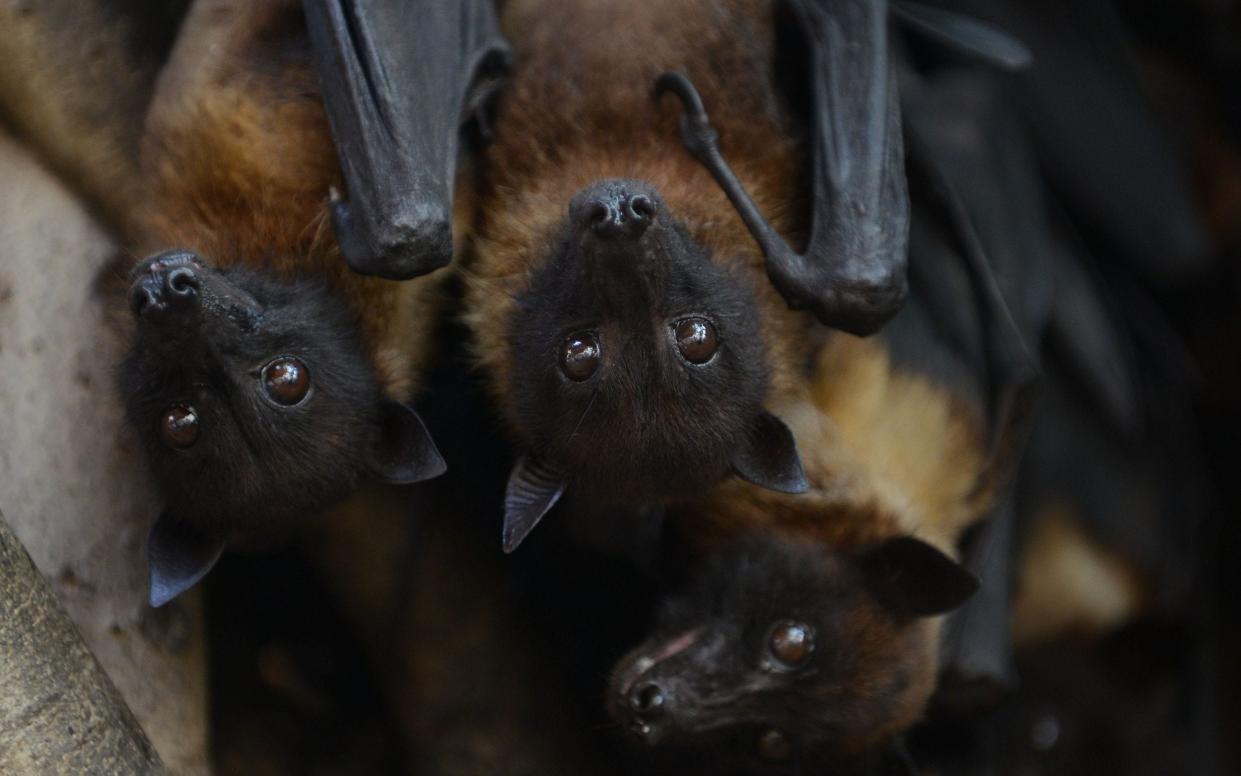Oxford vaccine team make 'big step forward' in fight against deadly Nipah virus

The Oxford team behind the AstraZeneca coronavirus vaccine has made a “big step forward” in efforts to develop a jab against Nipah virus, a disease with known pandemic potential and a fatality rate as high as 70 per cent.
In an early stage challenge trial on African green monkeys, the Nipah virus shot - which uses the same technology as the AstraZeneca Covid jab - triggered a “very robust protective immune response”, according to a paper published online this week which is yet to be peer reviewed.
None of the monkeys who received the vaccine showed signs of disease, and researchers were unable to detect any infectious virus in all but one swab sample taken from the inoculated animals.
Prof Dame Sarah Gilbert, a professor of vaccinology at Oxford’s Jenner Institute and a key figure behind the AstraZeneca vaccine, told The Telegraph that the results – which build on previous studies in hamsters – were “very impressive”.
“It’s always a big step forward to show protection in non-human primates, as the disease is more similar to that in humans,” Dame Sarah said.
There are currently no known vaccines or treatments for Nipah virus, an infectious disease which can rapidly attack the respiratory and central nervous systems. Symptoms include fever, vomiting and – most severely – encephalitis (inflammation of the brain).
According to the World Health Organization, the virus has the potential to trigger a pandemic and is a top 10 “priority disease”, meaning there is an urgent need to develop vaccines and treatments.
The pathogen was first detected in 1999 in Malaysia and is thought to have jumped from bats to humans via pigs. But it is Bangladesh that has witnessed the majority of outbreaks in the decades since.
The country has seen a flare-up of cases almost every year since 2001, with transmission thought to be linked to the consumption of fruits or date palm juice which have been contaminated by the urine or saliva of infected fruit bats.
Of the 319 known cases between 2001 and 2020, 225 people died, according to the Institute of Epidemiology Disease Control And Research in Bangladesh – a fatality rate of 71 per cent. India has also seen frequent outbreaks; in 2018, 17 out of 18 people infected in the southern state of Kerala died from the virus.
“Nipah virus frequently causes small outbreaks with a high fatality rate,” said Dame Sarah. “So far the outbreaks have been contained before becoming widespread and the transmissibility of the virus between people is relatively low.
“But, as we have seen with Sars-CoV-2, when a virus has the chance to be transmitted between people, more highly transmissible variants can be selected,” she added. “So it is important to be able to contain outbreaks rapidly, and having a vaccine available is the best way to achieve that.”
Previous studies have also suggested that bats could already be spreading the virus across Southeast Asia, with experts describing Nipah as “repeatedly knocking at the door”.
Plans are afoot to conduct trials of the Nipah vaccine in humans, though they have been delayed by the current pandemic. Yet Dame Sarah said the coronavirus had helped test the ChAdOx1 vaccine technology – which underpins the AstraZeneca coronavirus shot – in other diseases.
“ChAdOx1 was always intended to be used to make vaccines against many outbreak pathogens,” she said. “The experience with the Sars-CoV-2 vaccine has provided far more data on vaccine manufacturing and deployment, but a Nipah vaccine is likely to be held as a stockpile to be used in the event of an outbreak.”
Efforts are also underway to use the vaccine technology to develop vaccines against other diseases with pandemic potential – including Mers, Chikungunya, Zika, Lassa fever and Rift Valley fever virus, which affects livestock.
“The value of a platform technology is that progress with one vaccine produced using the technology supports all others,” said Dame Sarah.
Protect yourself and your family by learning more about Global Health Security

